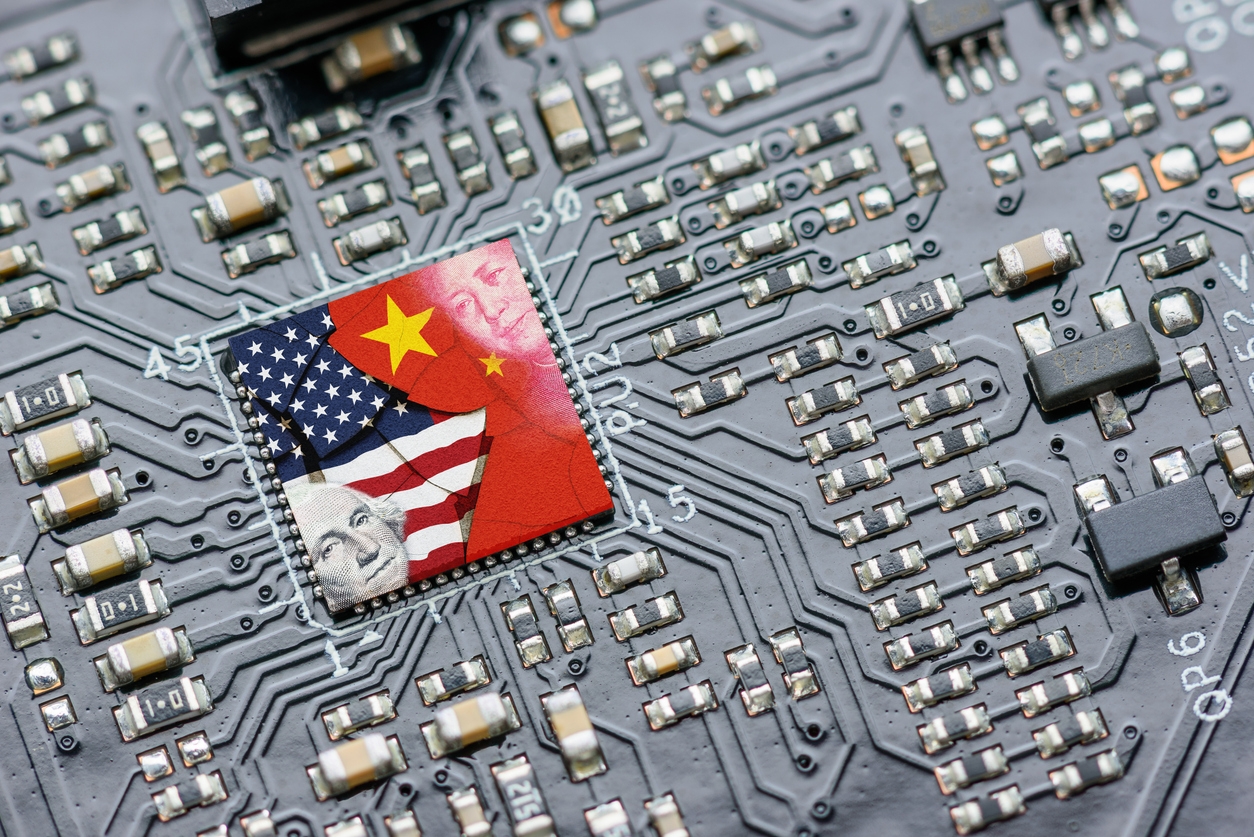Survey: AI Adopters Need Better Plans, More Security

A McKinsey & Company survey recently profiled in the Wall Street Journal says artificial intelligence (AI) is being aggressively adopted by enterprises worldwide, but companies aren’t getting their money's worth yet. And they're not paying sufficient attention to the risks of AI.
McKinsey surveyed 2,360 companies, of which roughly 80% reported a sizeable (almost 25%) increase in use of AI in business units and processes since 2018, when McKinsey conducted a similar survey. Leading applications include machine learning software, conversational interfaces such as chatbots, and robotics.
Not surprisingly, these AI apps are growing fastest in industries such as telecom, manufacturing, and retail customer service, where the benefits of AI drive both revenue and cost savings. According to McKinsey’s research, 63% of surveyed companies report that AI has boosted revenue, and 44% acknowledge cost savings.
AI Tracks Upward
McKinsey’s findings tally with research from other sources, including a January 2020 report from consultancy Tractica that predicts AI software adoption will rise to a market level of $126 billion by 2025 — a dramatic increase from its level of $10.1 billion the firm estimated for 2018.
Similarly, Fortune Business Insights estimates that AI hardware, software, and services will comprise a $202.57 billion market by 2026, up from $20.67 in 2018.
Who's Doing It Right
McKinsey homed in on a tiny slice of survey respondents to identify why they were getting better results from AI than the rest of the group. This sliver of high performers, comprising about 3% of those surveyed, have adopted AI in at least five business activities and report at least a 5% revenue increase and an equivalent cost savings as a result.
The high performers outpaced other enterprises in establishing a set of standard data analytics, models, and protocols for AI. They spent time identifying how AI lined up with specific business goals. They invested in either training or hiring people to act as AI “translators” and to collaborate across groups to meet specific goals.
In contrast, not even half of the other companies surveyed are doing any of this, even though they too are making progress using tactical AI.
What’s Still Needed
The McKinsey report identifies several areas in which both high performers and laggards need to pick up the pace. These include having frontline employees use AI daily in decision-making, an approach used by just 36% of high performers. Also identified is the need to use agreed-on measures to continuously track how well AI is performing its duties, something just 42% of high performers are doing.
Enterprises also seem to need some consciousness-raising about AI’s risks. Less than 50% of respondents who aren’t high performers have taken precautions against cybersecurity threats from AI, despite the significant potential risks of the technology. And most companies have hardly considered risks not directly related to security, such as the inability to defend AI-driven decisions and actions: Just 42% of high performers and 19% of other companies report doing anything to address this risk.
The Shift to Cloud
The McKinsey survey tracks some important elements of AI adoption, but it will be interesting to see how ongoing digital transformation boosts the technology's business potential.
For example, as workloads continue to move to the cloud, the proliferation of managed WAN services, along with the use of AI in cybersecurity products, should help companies improve their AI strategies, instead of having to focus on implementation basics.
Still, it will be vital for enterprise adopters of AI to look closely at McKinsey’s recommendations. As cloud expert Mike Dvorkin recently told Futuriom: “Given an application, how do I figure out how to run it, how do I get features from the cloud, and how do I configure those features? How do I use it optimally so I don't waste money? Amazon will provide you all the functions but they won't help you optimize that.”

















